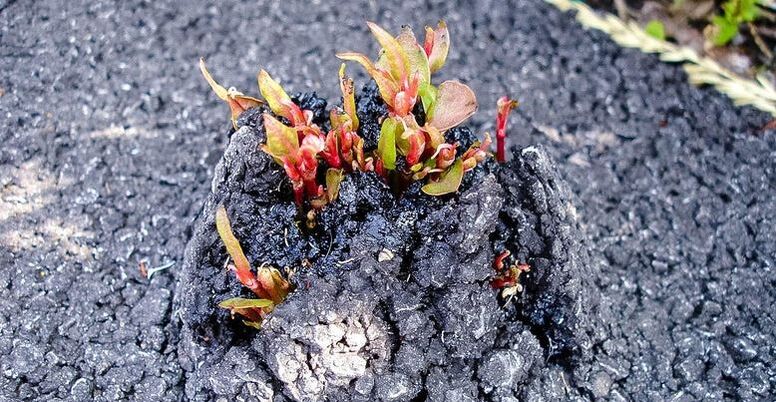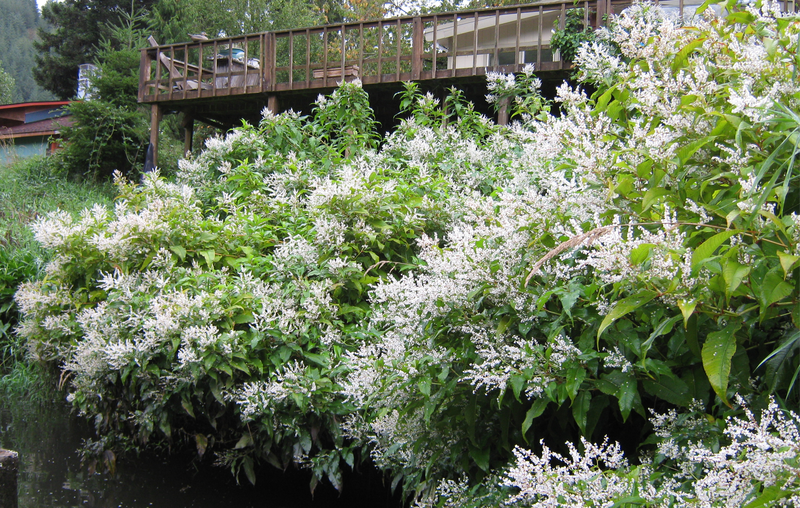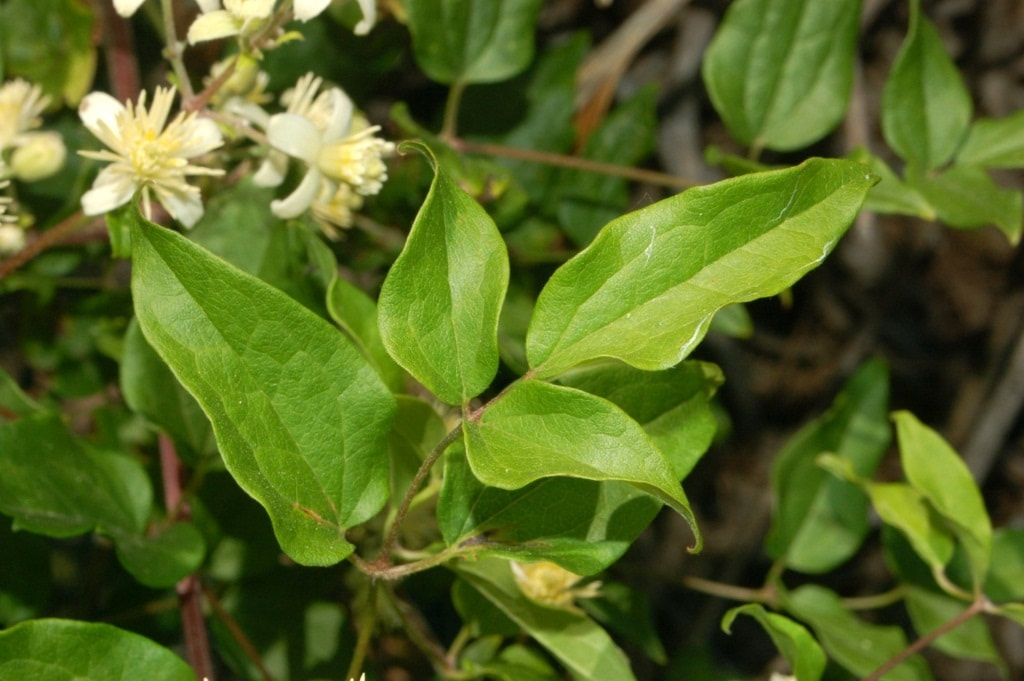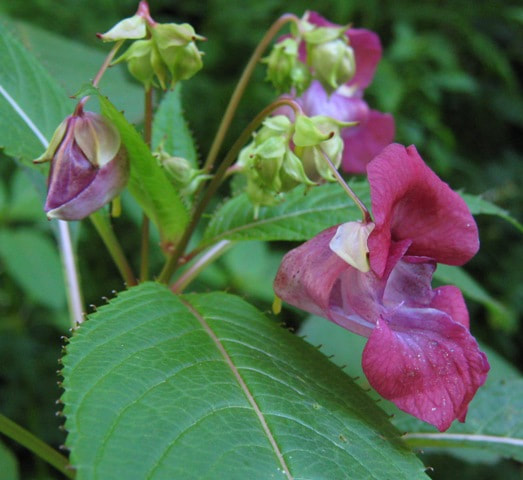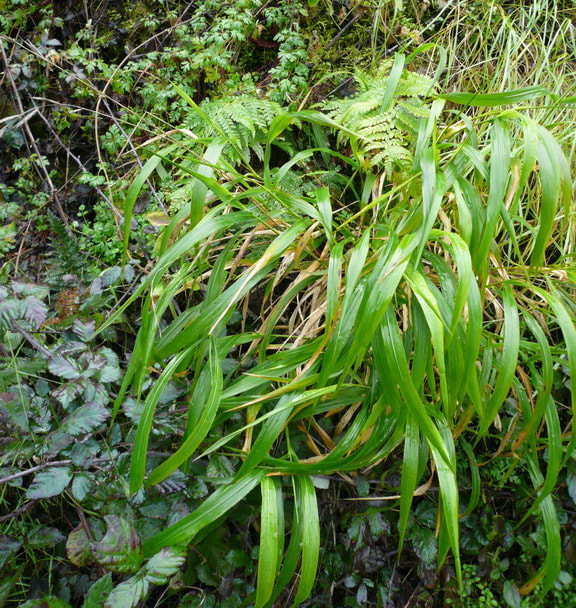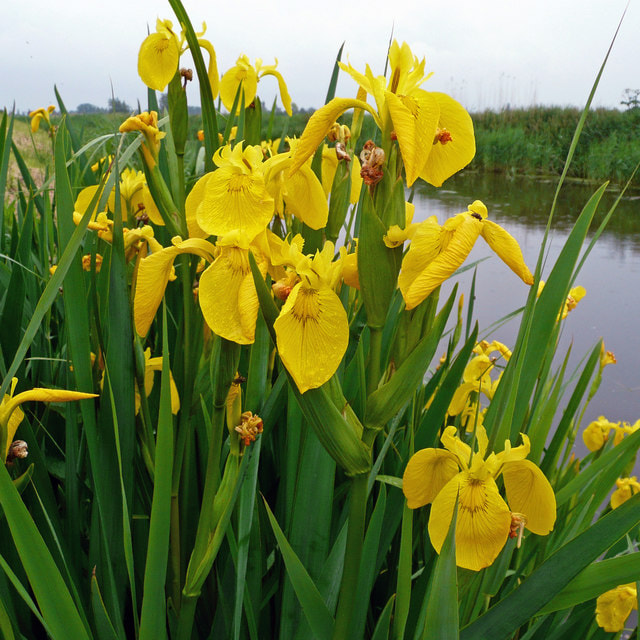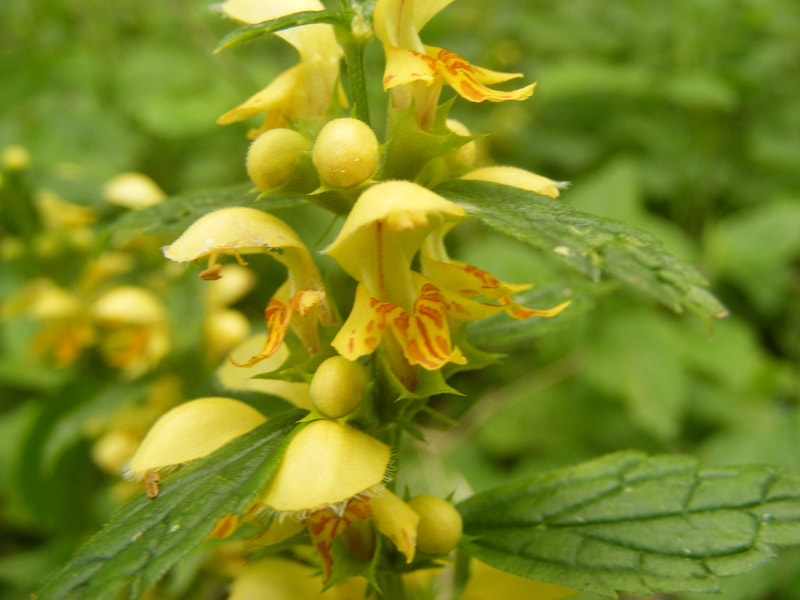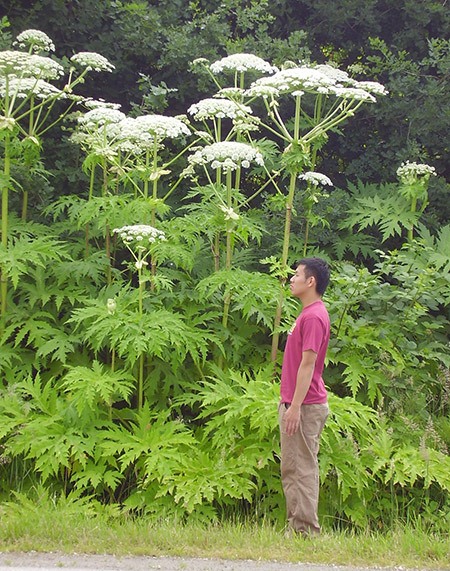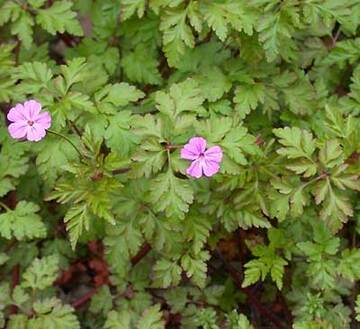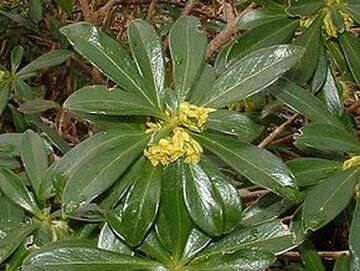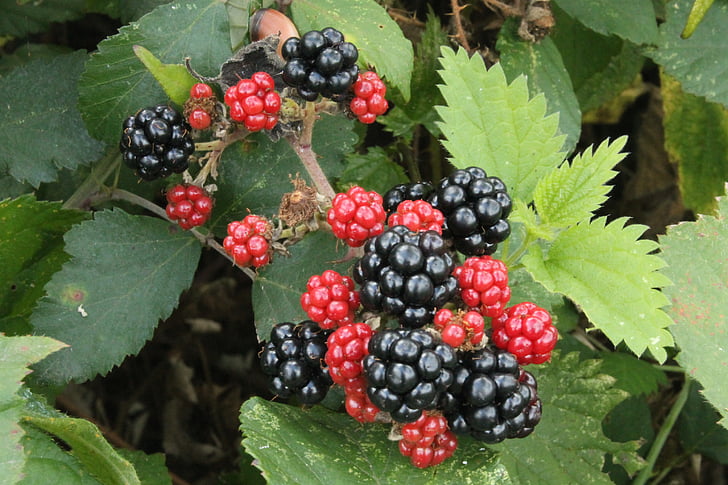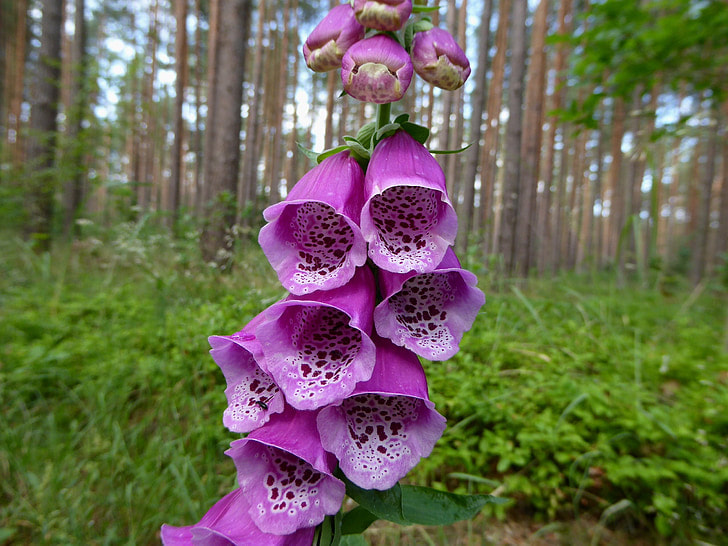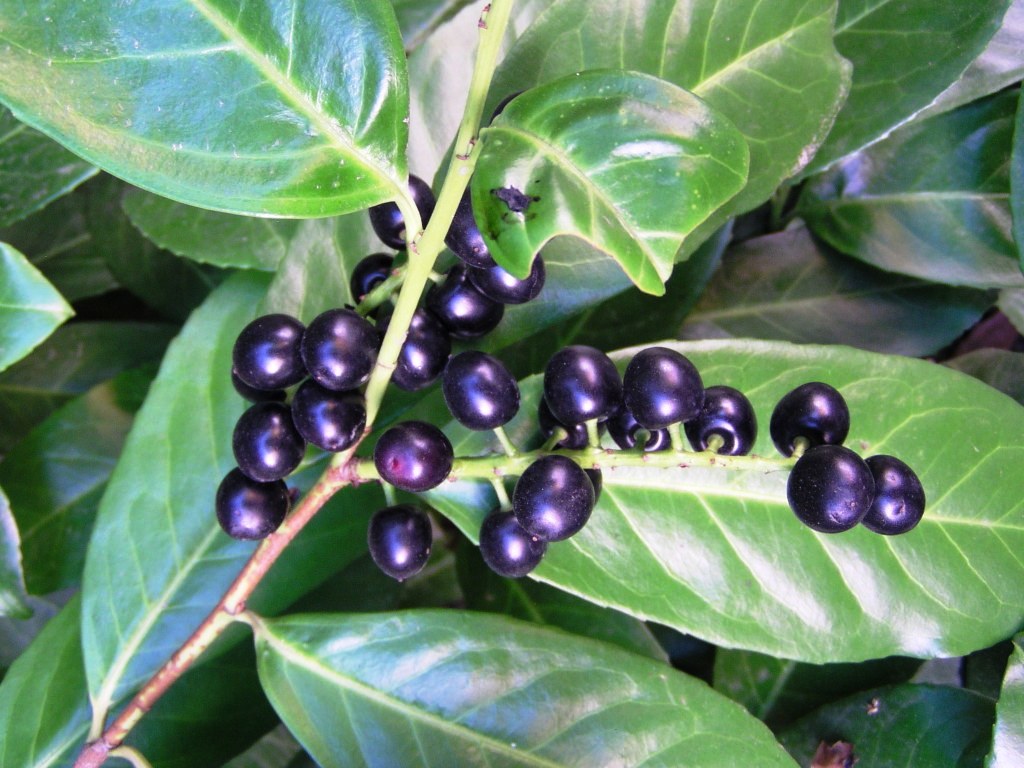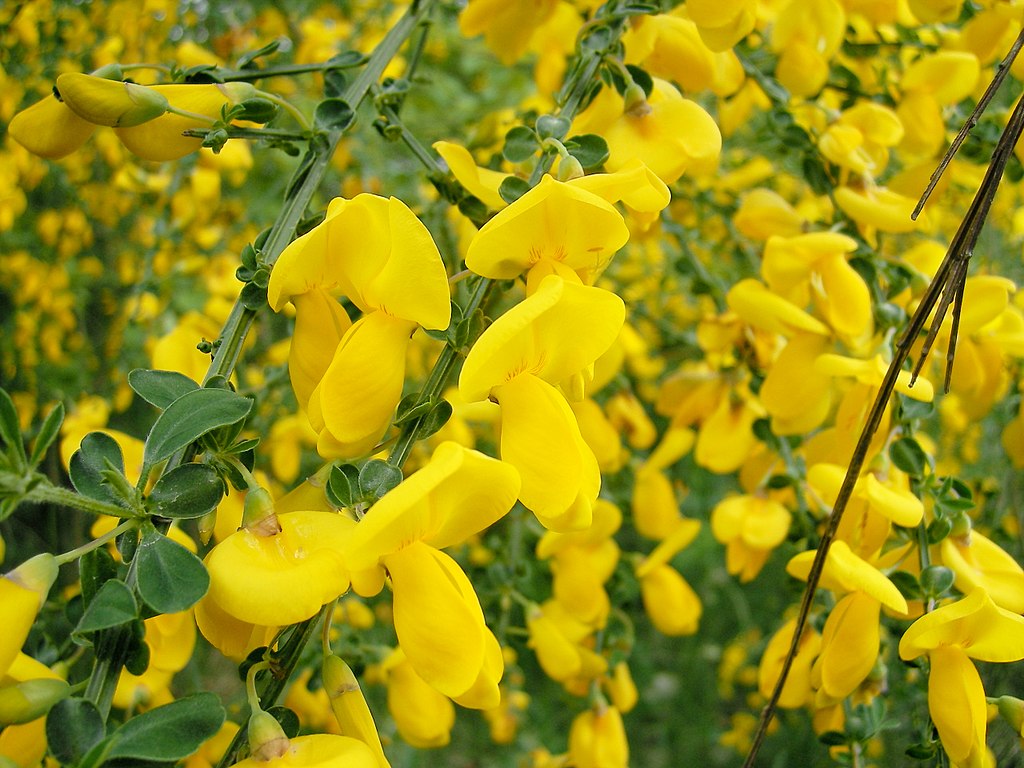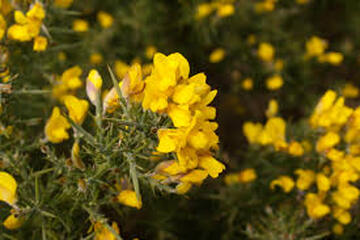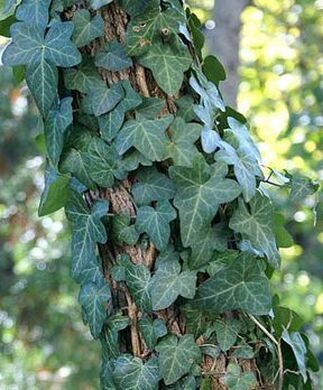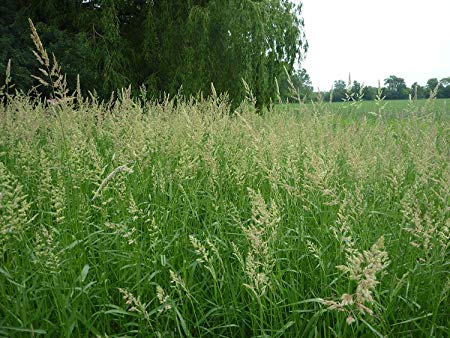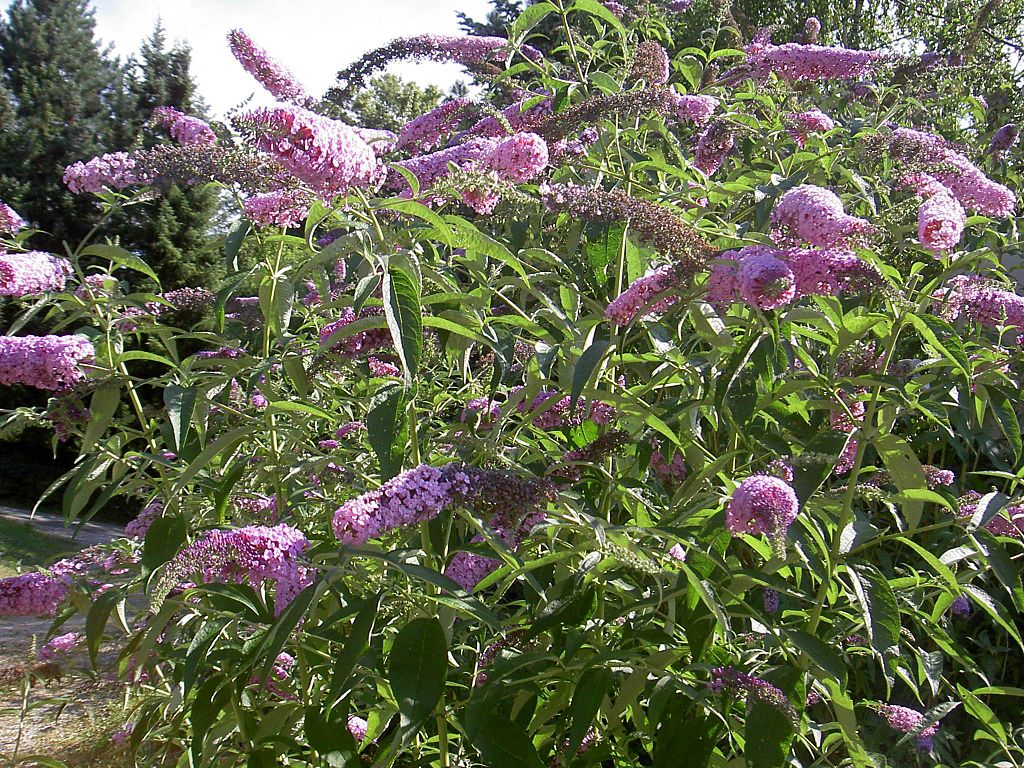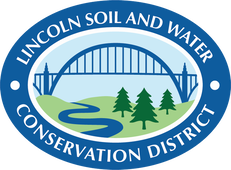Noxious weeds, also called invasive species, are highly competitive plants known to negatively impact ecological functioning in upland, wetland, and riparian habitats by reducing biodiversity, disrupting food webs, and impairing water quality.
Once a noxious weed becomes established, Early Detection and Rapid Response (EDRR) is critical to successful management. Generally speaking, complete eradication of non-native terrestrial and aquatic plants is near impossible. Instead, prevention, control, and spreading public awareness around species of concern is how LSWCD works to protect habitat integrity on the Oregon Coast. As noxious weed infestations grow in size, age, and spread, they become more difficult and costly to manage.
All management settings are unique and require an array of methods to ensure that control measures are appropriate, effective, and safe. Individuals and community groups interested in noxious weed management can consult District Staff, Lincoln County's Invasive Species Control Program, Report Target Invasive Locations Online, ALWAYS follow preventative care using water crafts and waders, and refer to the Integrated Pest Management Guide for Common Weeds. Our staff have extensive experience and knowledge in invasive species management and are here to help you help Oregon habitats!
Once a noxious weed becomes established, Early Detection and Rapid Response (EDRR) is critical to successful management. Generally speaking, complete eradication of non-native terrestrial and aquatic plants is near impossible. Instead, prevention, control, and spreading public awareness around species of concern is how LSWCD works to protect habitat integrity on the Oregon Coast. As noxious weed infestations grow in size, age, and spread, they become more difficult and costly to manage.
All management settings are unique and require an array of methods to ensure that control measures are appropriate, effective, and safe. Individuals and community groups interested in noxious weed management can consult District Staff, Lincoln County's Invasive Species Control Program, Report Target Invasive Locations Online, ALWAYS follow preventative care using water crafts and waders, and refer to the Integrated Pest Management Guide for Common Weeds. Our staff have extensive experience and knowledge in invasive species management and are here to help you help Oregon habitats!
Target NOXIOUS WEED profiles
Priority species for Early Detection, Rapid Response control & prevention programs in Lincoln County are: Slender False Brome, Brachypodium sylvaticum; Old Man’s Beard, Clematis vitalba; Japanese Knotweeds, Fallopia spp. and Polygonum spp; Policeman’s Helmet, Impatiens glandulifera; Yellow Flag Iris, Iris pseudacorus; and Yellow Archangel, Lamium galeobdolon. These highly competitive plants are known to negatively impact ecological functioning in upland, wetland, and riparian habitats by reducing biodiversity, disrupting food webs, and impairing water quality. As these plants are newly introduced to Oregon's Mid-Coast, EDRR programs are crucial in limiting population establishment and dispersal, though full eradication may never be possible. Click the images below to find more information about identifiable features, understand growing conditions, control methods, and how to report to EDRR professionals in your area.
reporting target invasive species
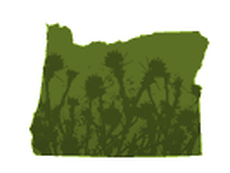
OREGON INVASIVE SPECIES HOTLINE:
By using the Online Hotline or calling in your sightings to report suspected invasive species in your area, you'll be contributing vital early detection information to the experts best able to stop the spread of invasives. The Online Hotline also lets you connect directly with an expert to get positive identifications and answers to your questions. To report invaders using the Oregon Invasive Species Online Hotline and search past reports, go here. To call in a sighting, call our Invasive Species Hotline: 1-866-INVADER (1-866-468-2337).
By using the Online Hotline or calling in your sightings to report suspected invasive species in your area, you'll be contributing vital early detection information to the experts best able to stop the spread of invasives. The Online Hotline also lets you connect directly with an expert to get positive identifications and answers to your questions. To report invaders using the Oregon Invasive Species Online Hotline and search past reports, go here. To call in a sighting, call our Invasive Species Hotline: 1-866-INVADER (1-866-468-2337).

Report Feral Pig Sightings:
The states of Oregon, Washington, and Idaho have identified feral pigs as an immediate concern. To help the states quantify populations and address specific populations of concern, and to follow Oregon law, report any feral pig sightings by calling the toll-free feral swine hotline: (1-888-268-9219)
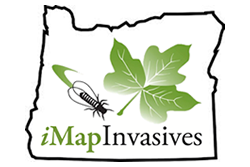
iMapInvasives:
iMapInvasives is a comprehensive tool for online invasive species data management, with many aspects to appeal to natural resource managers, volunteers, and the public. Visit the iMapInvasives Oregon page to learn more about this online tool and how you can become an iMapInvasives user.
iMapInvasives is a comprehensive tool for online invasive species data management, with many aspects to appeal to natural resource managers, volunteers, and the public. Visit the iMapInvasives Oregon page to learn more about this online tool and how you can become an iMapInvasives user.

Gorse Action Group:
A collaborative group of participants from federal, state, and county agencies, as well as non-profit organizations in Coos, Curry, and Douglas Counties. The GAG is working to control and reduce the spread of gorse, minimize the impact of gorse on our economy and natural resources, and provide a successful process to share with others facing gorse infestations. To report new infestations of gorse along the Southern Oregon coast, call 541- 435-1731. Visit the Gorse Action Group website to learn more.
A collaborative group of participants from federal, state, and county agencies, as well as non-profit organizations in Coos, Curry, and Douglas Counties. The GAG is working to control and reduce the spread of gorse, minimize the impact of gorse on our economy and natural resources, and provide a successful process to share with others facing gorse infestations. To report new infestations of gorse along the Southern Oregon coast, call 541- 435-1731. Visit the Gorse Action Group website to learn more.
Other Common Invasive Terrestrial Plants
Play. Clean. Go!
We have a lot to protect in the Pacific Northwest - clean drinking water, native fish, plants & wildlife, and diverse foods that support our way of life. Do your part to protect Oregon from invasive species while enjoying your favorite outdoor activities and remember to Play, Clean, Go! Here are a few simple ways to stop the spread of invasive species on land and on waterways:
- REMOVE plants, water, animals & mud from boots, gear, pets, vehicles, bikes & boats before recreating
- CLEAN your gear before entering & leaving recreation sites and waterways
- STAY on designated roads & trails.
- USE CERTIFIED or local firewood & hay.
- INVASIVES CAN BE INVISIBLE - clean waders, fishing equipment, boats (big and small) before and after use
Invasive Control Partners |
Additional Species information |

